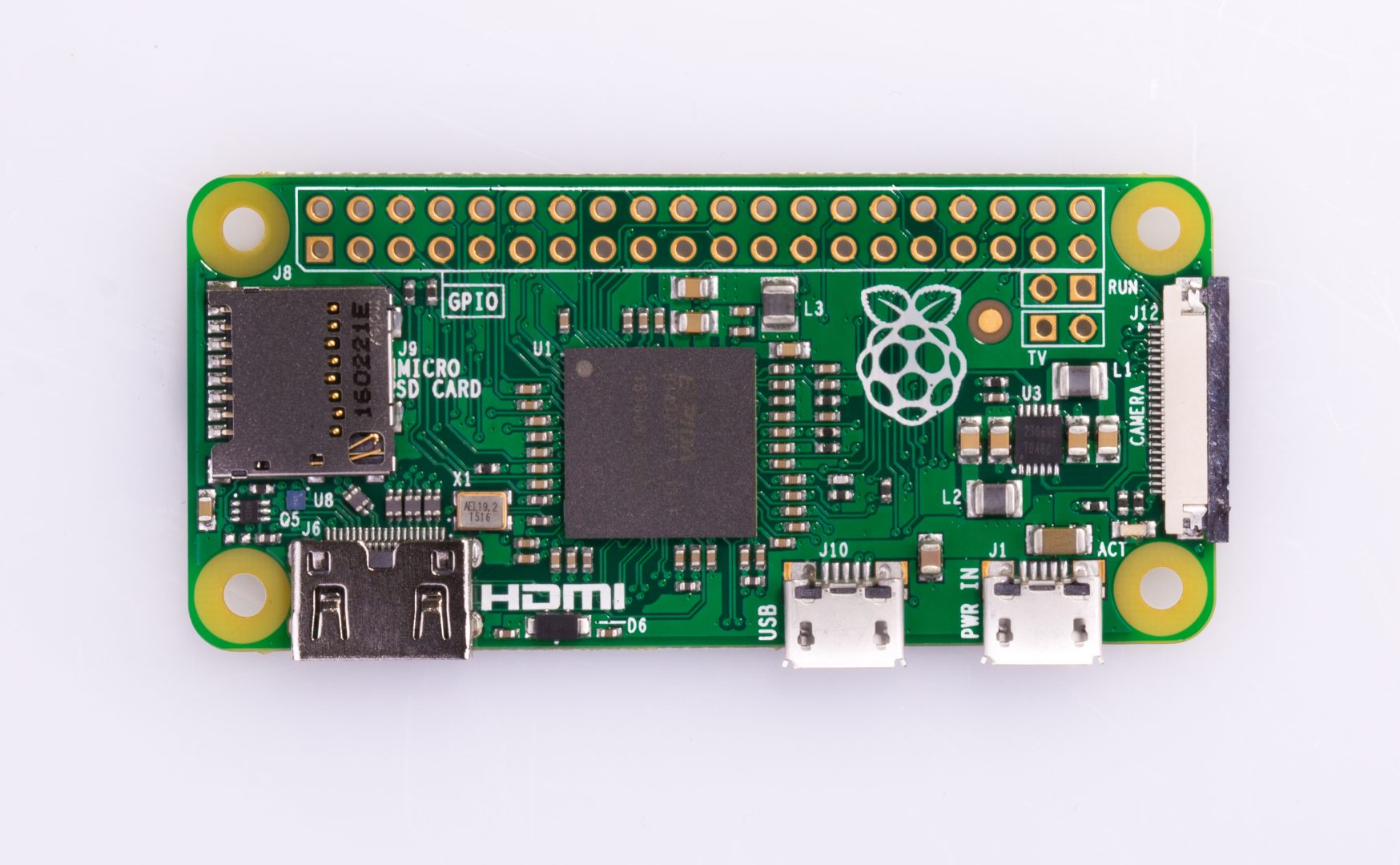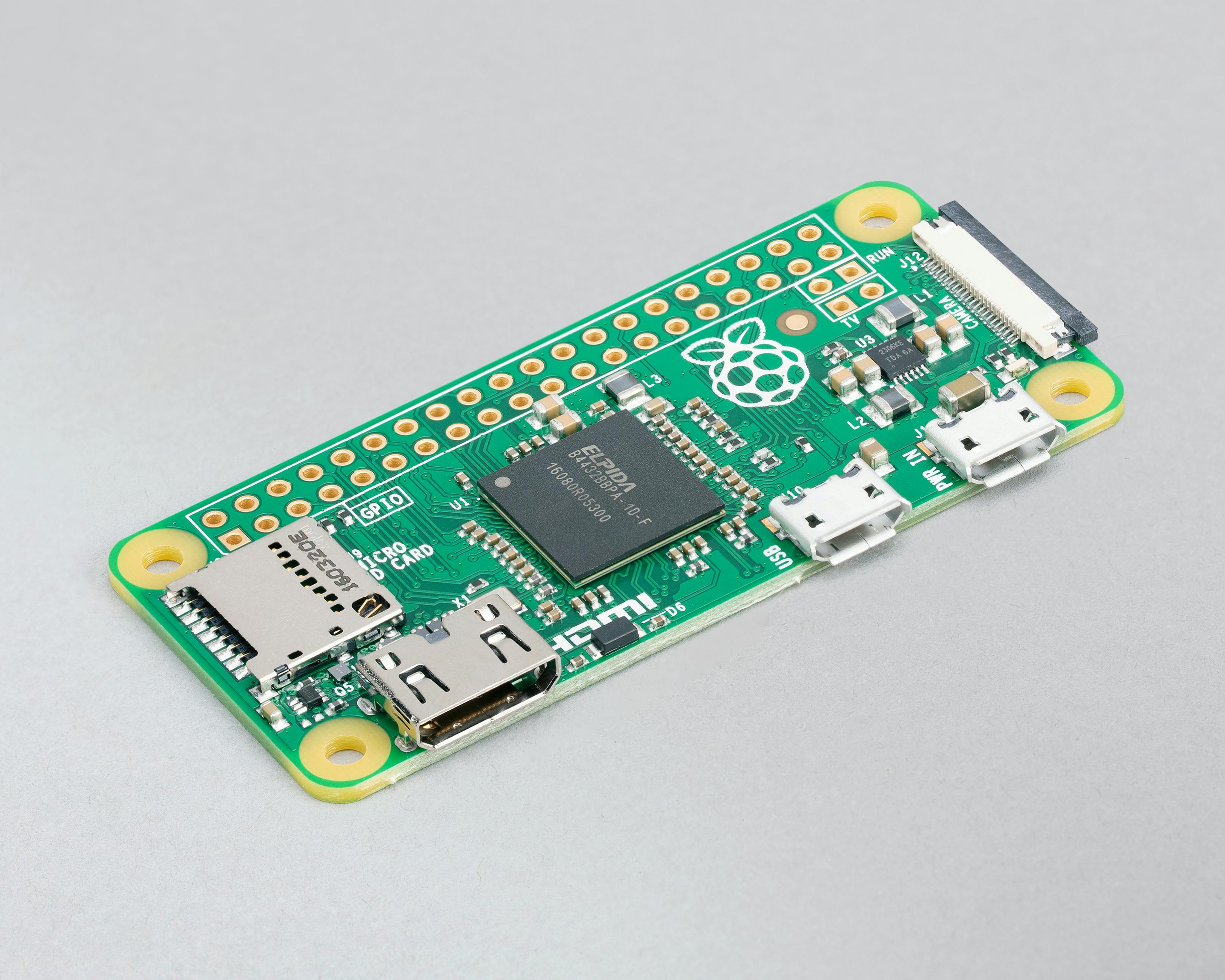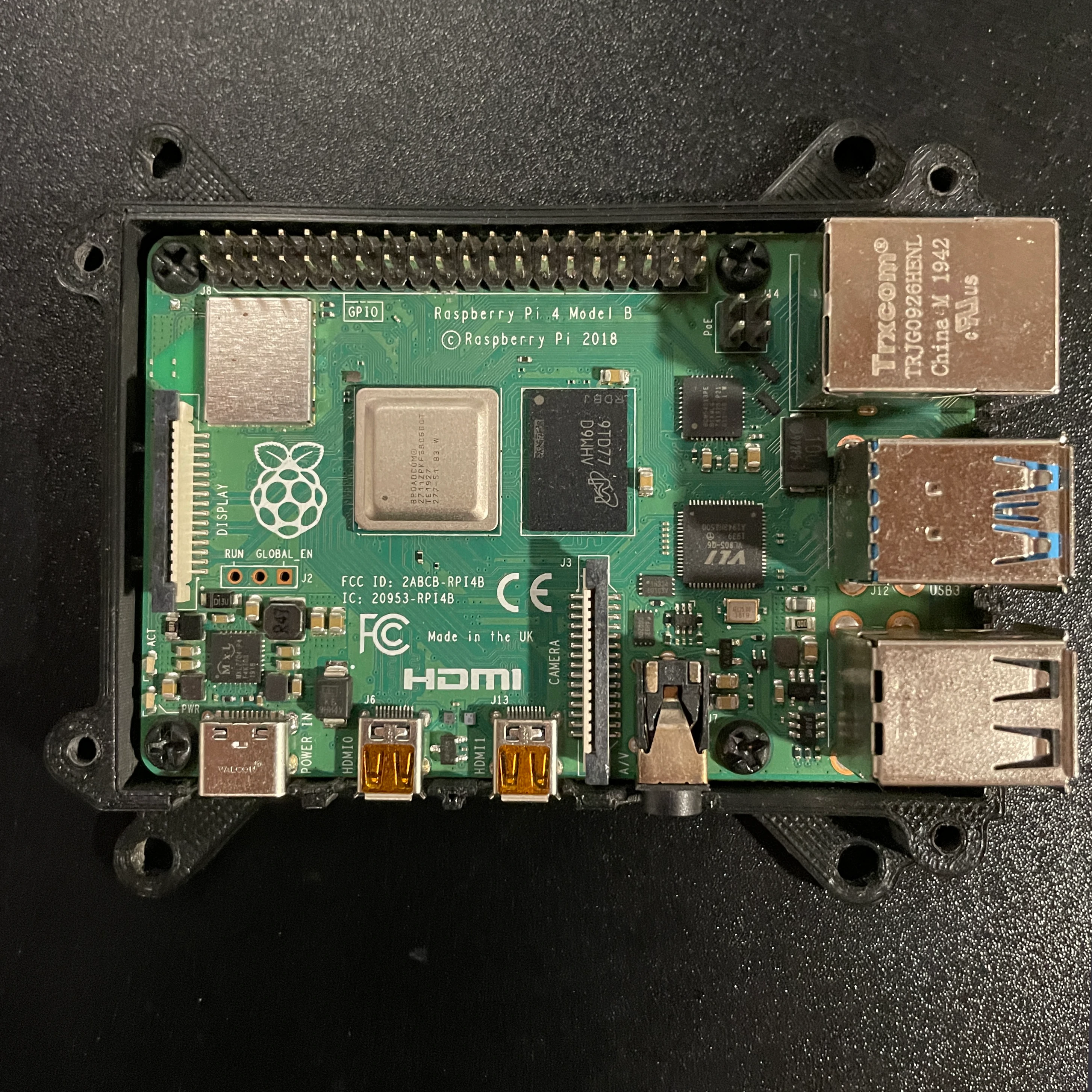Have you ever wondered how to remotely access Raspberry Pi without breaking a sweat? Whether you're a tech enthusiast, a hobbyist, or someone looking to set up a remote IoT system, this guide is your ultimate companion. Let’s dive into the world of RemoteIoT and discover how you can download free tools to make it happen!
Picture this: you're chilling on your couch, sipping coffee, and suddenly you remember that you need to check something on your Raspberry Pi. But here’s the catch – your Pi is sitting comfortably in another room, or maybe even miles away! No worries, because with RemoteIoT, you can remotely access Raspberry Pi and take control as if you were right there next to it. Sounds cool, right?
Remote access isn’t just for tech wizards anymore. With the right tools and a bit of guidance, anyone can tap into the power of Raspberry Pi from anywhere in the world. In this article, we’ll walk you through the process step by step, ensuring you’re equipped with all the knowledge you need to get started. So, grab your favorite drink, and let’s get rolling!
- Meet Chuck Schumers Wife The Woman Behind The Senator
- Emilys Friends A Deep Dive Into Her Inner Circle And Their Impact
Why Remotely Access Raspberry Pi?
Before we jump into the nitty-gritty of remotely accessing Raspberry Pi, let’s talk about why you’d want to do it in the first place. The Raspberry Pi is a tiny yet powerful device that can handle a ton of tasks, from running servers to controlling home automation systems. But what happens when you’re not physically near it? That’s where RemoteIoT comes into play.
With remote access, you can:
- Monitor and control your Raspberry Pi from anywhere.
- Access files and data stored on your Pi without needing a physical connection.
- Run applications and scripts remotely, saving you time and effort.
- Set up and manage IoT projects effortlessly.
It’s like having a superpower in your pocket. Imagine being able to tweak your home security system or adjust your smart garden settings from your phone while you’re out shopping. Cool, right?
- Laci Peterson The Untold Story That Keeps Us Guessing
- Unveiling The Charismatic Outlander Character Jamie A Deep Dive Into His World
Tools You Need to Remotely Access Raspberry Pi
Now that we’ve established why remote access is awesome, let’s talk about the tools you’ll need. Thankfully, there are plenty of options available, some of which are completely free. Here’s a quick rundown:
1. SSH (Secure Shell)
SSH is one of the most popular methods for remotely accessing Raspberry Pi. It allows you to connect to your Pi via a terminal and execute commands as if you were sitting right in front of it.
Pros: Secure, lightweight, and easy to set up.
Cons: Limited to command-line interface.
2. VNC (Virtual Network Computing)
VNC gives you full graphical access to your Raspberry Pi, allowing you to interact with it just like you would with a regular desktop.
Pros: Full GUI access, great for beginners.
Cons: Requires more bandwidth and resources.
3. RemoteIoT Tools
RemoteIoT is a suite of tools specifically designed for remote access and IoT projects. It offers a range of features, including file transfer, remote control, and automation capabilities.
Pros: Tailor-made for IoT, easy to use, and often free.
Cons: May require additional setup depending on your project.
Step-by-Step Guide to Setting Up RemoteIoT
Ready to get your hands dirty? Here’s a step-by-step guide to setting up RemoteIoT and remotely accessing your Raspberry Pi:
Step 1: Install Raspbian OS
First things first, you’ll need to install Raspbian OS on your Raspberry Pi. This is the official operating system for Raspberry Pi and comes packed with all the tools you’ll need for remote access.
Step 2: Enable SSH and VNC
Once Raspbian is installed, head over to the Raspberry Pi Configuration tool and enable SSH and VNC. This will allow you to connect to your Pi using these protocols.
Step 3: Download RemoteIoT Tools
Now it’s time to grab the RemoteIoT tools. You can download them for free from the official website. Make sure to choose the version that’s compatible with your Raspberry Pi model.
Step 4: Configure Your Network
To ensure smooth remote access, you’ll need to configure your network settings. This includes setting up port forwarding on your router and obtaining your public IP address.
Step 5: Connect and Control
With everything set up, you’re ready to connect to your Raspberry Pi from anywhere in the world. Use your preferred method (SSH, VNC, or RemoteIoT) and start exploring the possibilities!
Top Tips for Secure Remote Access
Security is key when it comes to remote access. You don’t want unauthorized users gaining access to your Raspberry Pi. Here are some tips to keep your system safe:
- Use strong, unique passwords for your Pi.
- Enable two-factor authentication if possible.
- Regularly update your software and firmware.
- Monitor your access logs for suspicious activity.
By following these tips, you’ll ensure that your Raspberry Pi remains secure even when accessed remotely.
Common Issues and Troubleshooting
Even with the best preparation, issues can arise. Here are some common problems you might encounter and how to fix them:
1. Connection Refused
Cause: Your Pi might not be running the SSH or VNC service.
Solution: Restart the service or check your configuration settings.
2. Slow Connection
Cause: Bandwidth limitations or network congestion.
Solution: Optimize your network settings or switch to a faster connection.
3. Authentication Failed
Cause: Incorrect username or password.
Solution: Double-check your credentials and try again.
Real-World Applications of RemoteIoT
RemoteIoT isn’t just for hobbyists. It has a wide range of real-world applications, including:
1. Home Automation
Control your smart home devices from anywhere using your Raspberry Pi as a central hub.
2. Environmental Monitoring
Set up sensors to monitor temperature, humidity, and other environmental factors remotely.
3. Industrial IoT
Use Raspberry Pi to manage and monitor industrial processes, ensuring efficiency and safety.
Download Free RemoteIoT Tools Today!
Now that you know how powerful remote access can be, it’s time to take action. Head over to the official RemoteIoT website and download the tools for free. With these tools in hand, you’ll be able to unlock the full potential of your Raspberry Pi and take your IoT projects to the next level.
Conclusion
Remotely accessing Raspberry Pi has never been easier, thanks to tools like RemoteIoT. Whether you’re a beginner or an experienced user, this guide has provided you with all the information you need to get started. Remember to prioritize security and always keep your software up to date.
So, what are you waiting for? Download the tools, set up your Pi, and start exploring the endless possibilities of remote IoT. And don’t forget to share your experiences and projects in the comments below. Happy tinkering!
References
For more information, check out these trusted sources:
- Raspberry Pi Official Documentation
- RemoteIoT User Guide
- SSH and VNC Configuration Tutorials
Table of Contents
Why Remotely Access Raspberry Pi?
Tools You Need to Remotely Access Raspberry Pi
SSH (Secure Shell)
VNC (Virtual Network Computing)
RemoteIoT Tools
Step-by-Step Guide to Setting Up RemoteIoT
Step 1: Install Raspbian OS
Step 2: Enable SSH and VNC
Step 3: Download RemoteIoT Tools
Step 4: Configure Your Network
Step 5: Connect and Control
Top Tips for Secure Remote Access
Common Issues and Troubleshooting
Connection Refused
Slow Connection
Authentication Failed
Real-World Applications of RemoteIoT
Home Automation
Environmental Monitoring
Industrial IoT
Download Free RemoteIoT Tools Today!
Conclusion
References



Detail Author:
- Name : Maurice Goldner Jr.
- Username : mkunde
- Email : halvorson.emely@kunde.biz
- Birthdate : 2000-12-23
- Address : 269 Marge Ville New Eunice, NC 07320
- Phone : +1-283-323-7294
- Company : Sanford, Armstrong and Prosacco
- Job : Historian
- Bio : Voluptas voluptatum quis laudantium. Non vel nostrum in at quod qui. Possimus porro et aut ad doloribus. Repudiandae ut praesentium quos ullam iste officiis et.
Socials
linkedin:
- url : https://linkedin.com/in/rschulist
- username : rschulist
- bio : Vitae eligendi sunt provident nihil.
- followers : 6668
- following : 1238
instagram:
- url : https://instagram.com/schulist2014
- username : schulist2014
- bio : Minus aut ea aut officiis consequuntur id. Ullam qui veniam repudiandae minima.
- followers : 1940
- following : 2508
tiktok:
- url : https://tiktok.com/@robbie.schulist
- username : robbie.schulist
- bio : Qui illum possimus quaerat odio fuga et nobis.
- followers : 153
- following : 2337